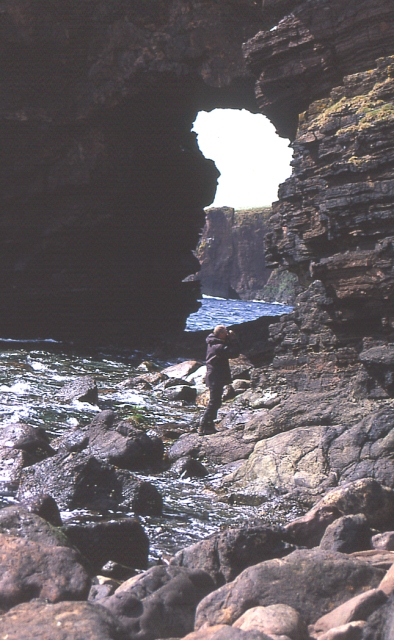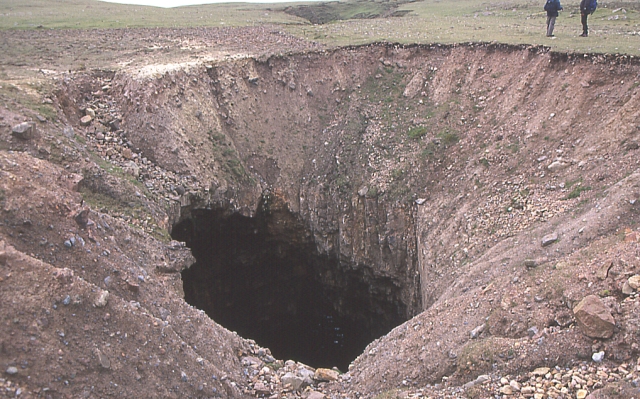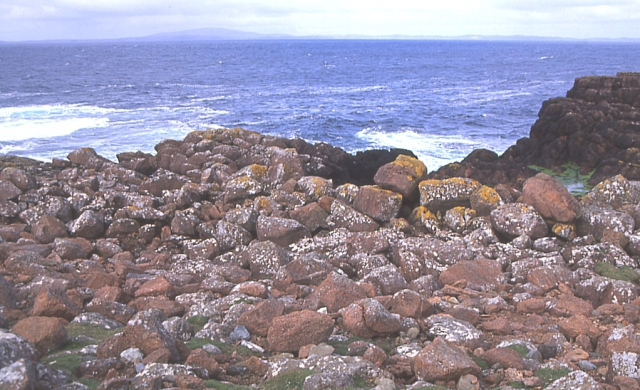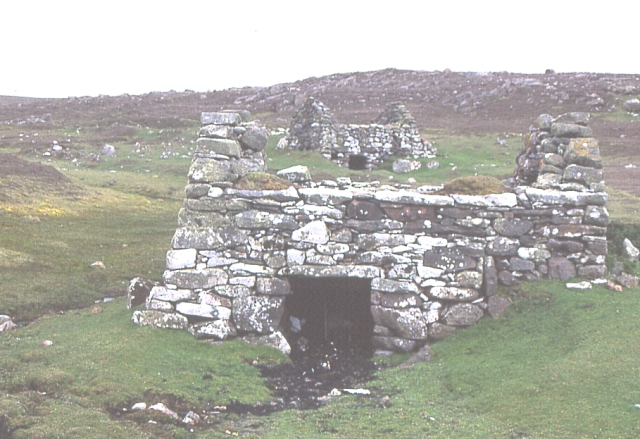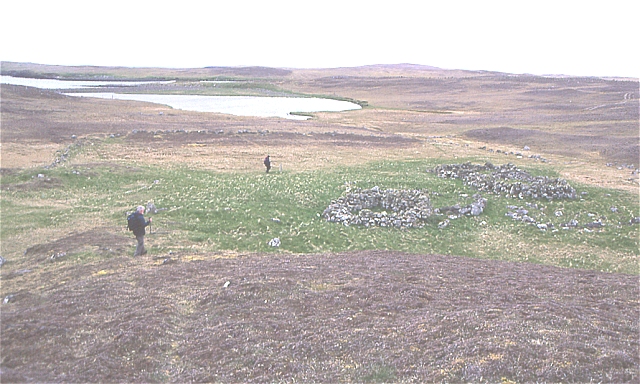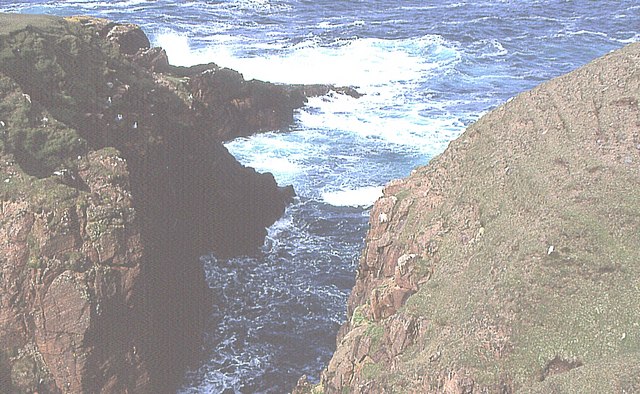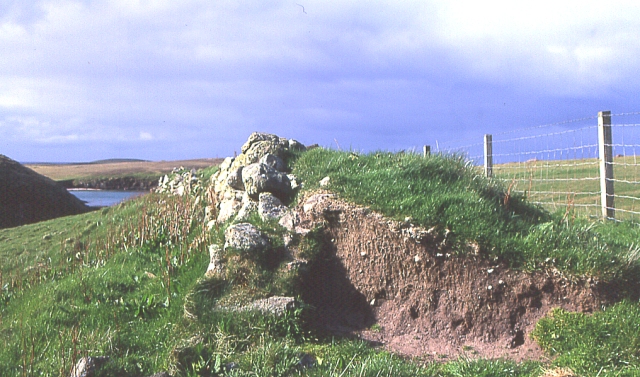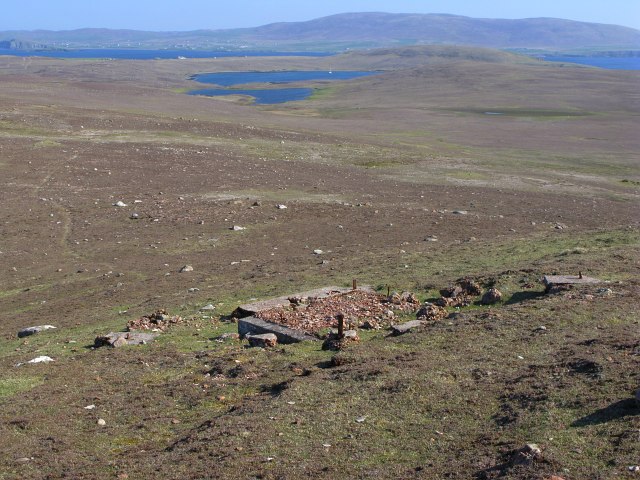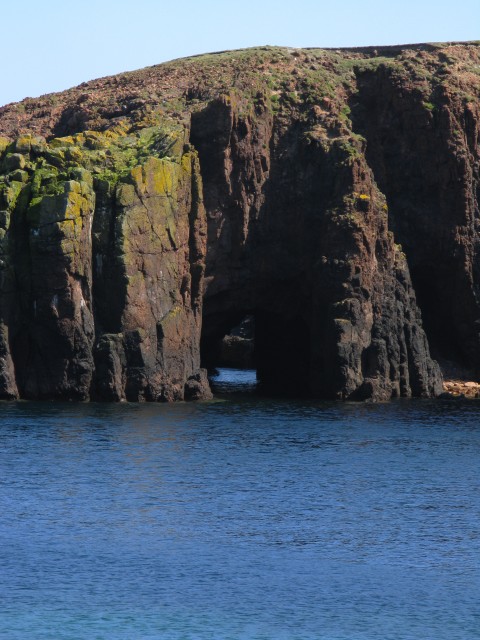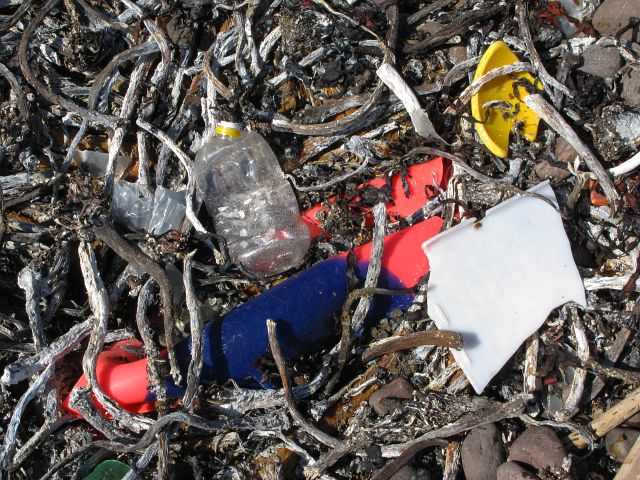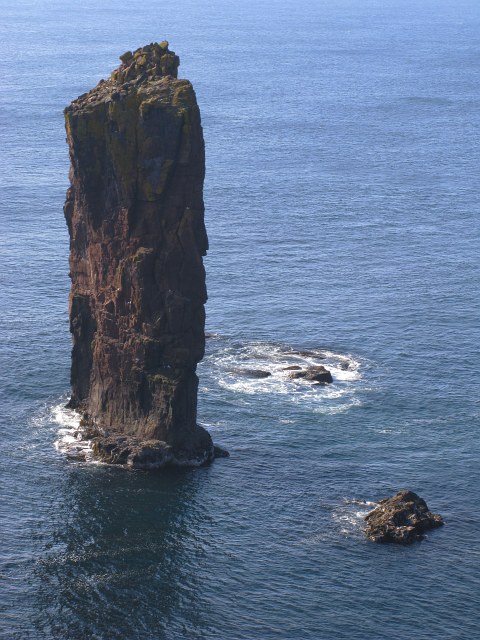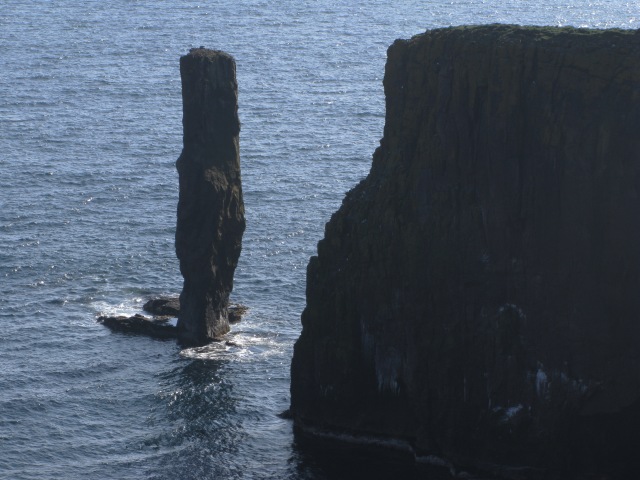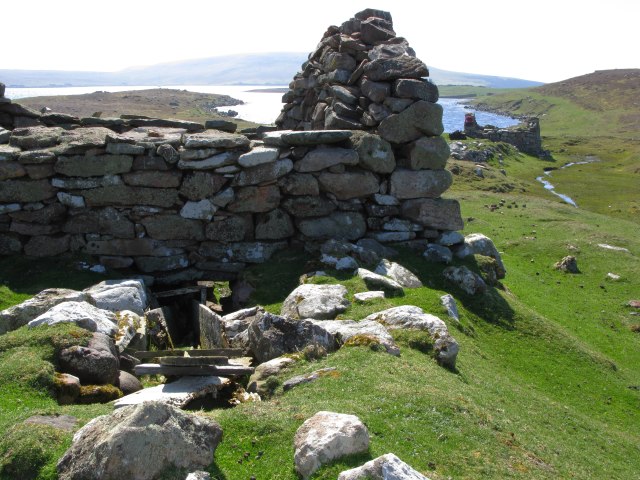Swarta Taing
Coastal Feature, Headland, Point in Shetland
Scotland
Swarta Taing
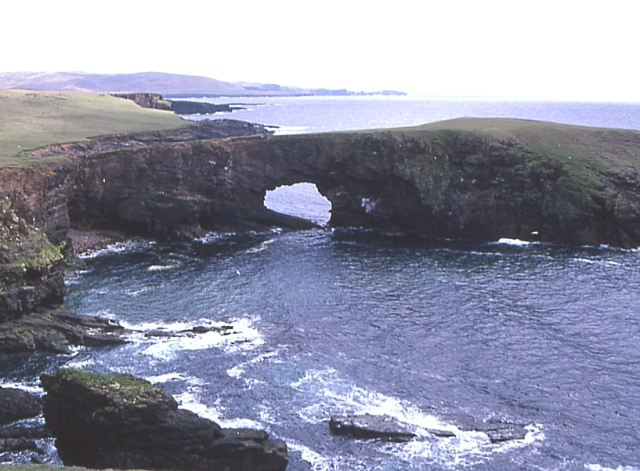
Swartha Taing is a prominent coastal feature located in the Shetland Islands, which are part of Scotland, United Kingdom. This rugged headland is situated in the northeastern part of the main island of Shetland, known as Mainland.
Swartha Taing juts out into the North Sea, offering stunning panoramic views of the surrounding coastline and the vast ocean beyond. The name "Swartha Taing" is derived from Old Norse and translates to "dark promontory," which accurately describes the dark and imposing appearance of this headland.
The geography of Swartha Taing is characterized by steep cliffs that rise sharply from the sea, reaching heights of up to 200 feet (60 meters). These cliffs are composed of layers of sedimentary rock, showcasing the geological history of the area. The headland is also known for its rocky shoreline, with large boulders and rock formations scattered along the water's edge.
The area surrounding Swartha Taing is rich in wildlife, attracting birdwatchers and nature enthusiasts. The cliffs provide nesting sites for various seabirds, including puffins, guillemots, and razorbills. Visitors may also spot seals basking on the rocks or swimming in the nearby waters.
Access to Swartha Taing is limited to footpaths and hiking trails, ensuring the preservation of the natural environment. It is a popular destination for hikers and photographers, offering breathtaking vistas and an opportunity to connect with the rugged beauty of the Shetland Islands.
If you have any feedback on the listing, please let us know in the comments section below.
Swarta Taing Images
Images are sourced within 2km of 60.342405/-1.7097438 or Grid Reference HU1662. Thanks to Geograph Open Source API. All images are credited.
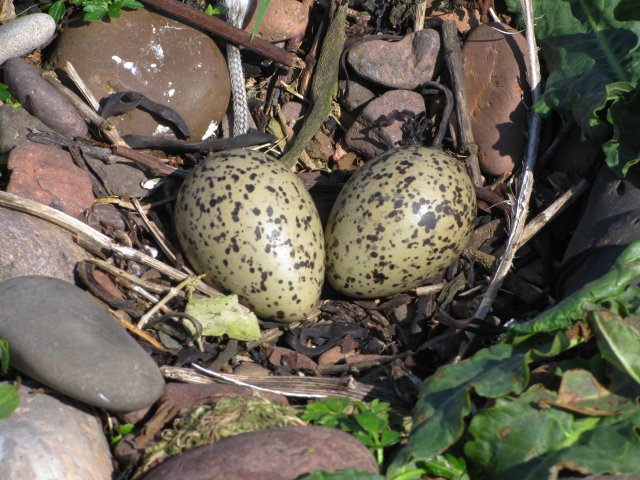
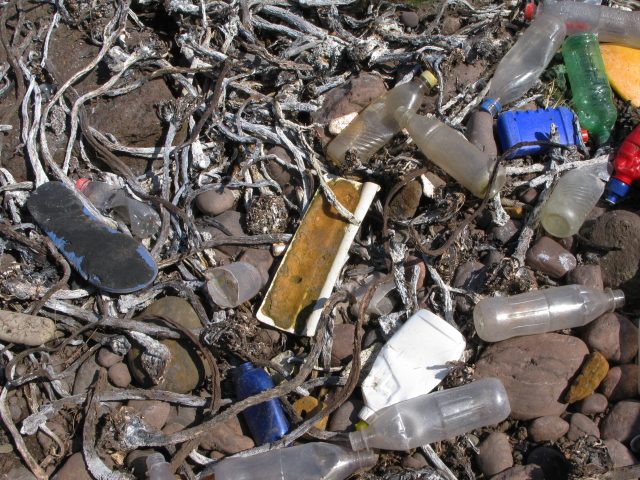
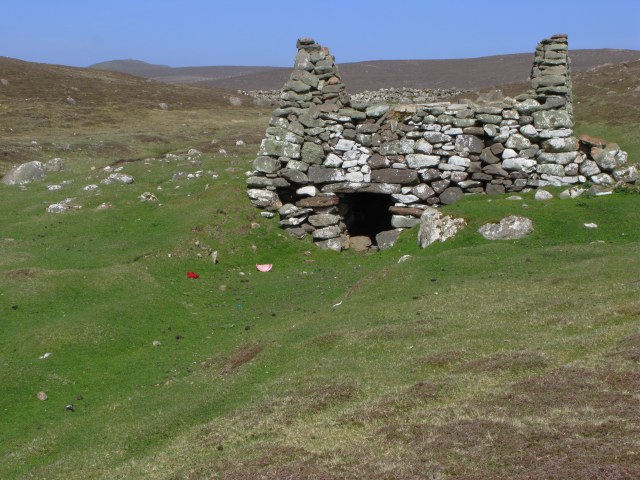
Swarta Taing is located at Grid Ref: HU1662 (Lat: 60.342405, Lng: -1.7097438)
Unitary Authority: Shetland Islands
Police Authority: Highlands and Islands
What 3 Words
///riddle.arena.transcribes. Near Walls, Shetland Islands
Nearby Locations
Related Wikis
Papa Stour
Papa Stour (Scots: Papa Stour) is one of the Shetland Islands in Scotland, with a population of under fifteen people, some of whom immigrated after an...
Biggings
Biggings is a village on the island of Papa Stour, in Shetland, Scotland. Papa Stour's church is situated at the south of Biggings. A homestead of Duke...
Papa Stour Airstrip
Papa Stour Airstrip is a small airstrip in the village of Biggings on the island of Papa Stour. Shetland, Scotland. == History == Papa Stour Airstrip opened...
Maiden Stack
The Maiden Stack or Frau Stack is a tiny stack in the western Shetland Islands to the north of Brei Holm and east of Housa Voe in Papa Stour. It is so...
Have you been to Swarta Taing?
Leave your review of Swarta Taing below (or comments, questions and feedback).
